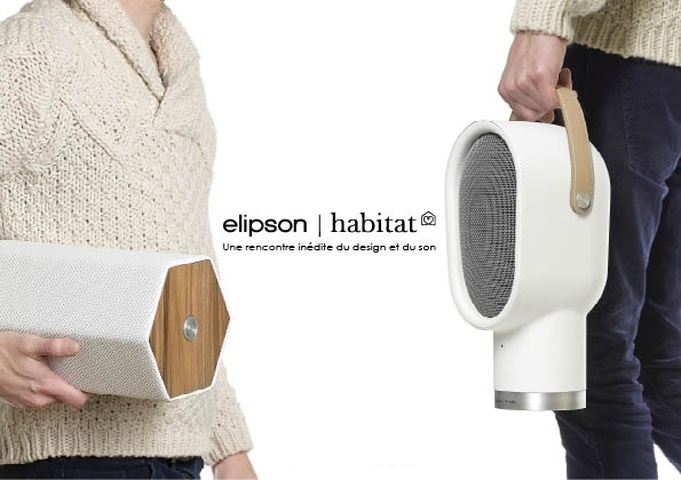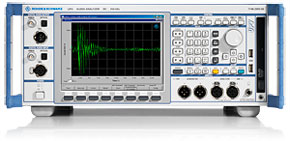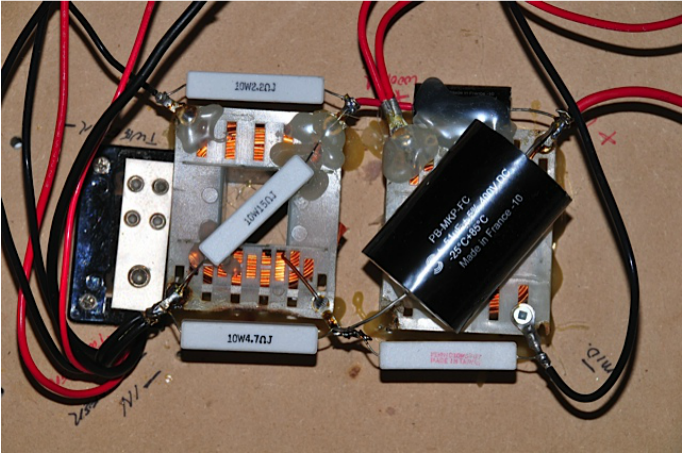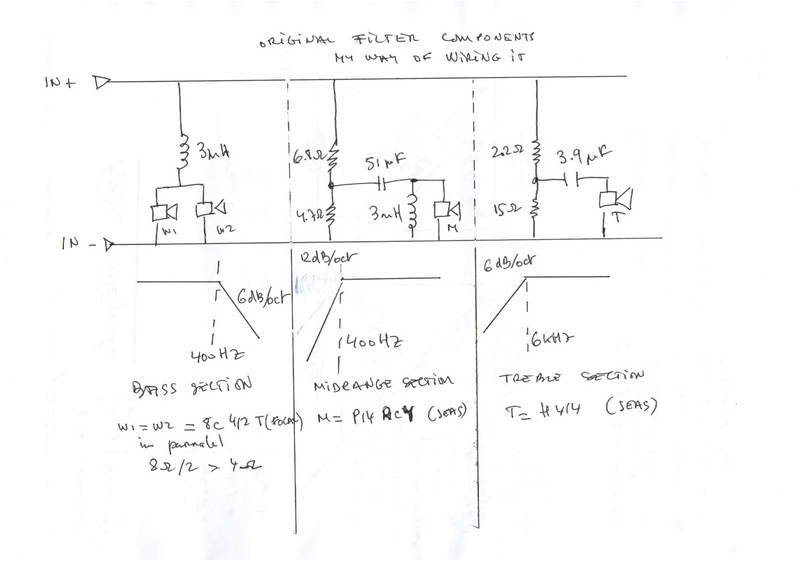|
You can now be a design addict AND a digital nomad hifi enthusiast, thanks to the joint-venture between HABITAT - of Terence Conran fame, and ELIPSON the iconic French speaker manufacturer.
TIMBER is a desktop bluetooth speaker, and the LENNY is a portable, or should I say walkable version. I have no details of the equipment inside, but will probably be able to find out soon. Prices are 199 euros and 299 euros respectively. A shame we do not have HABITAT stores in Ausrtalia! I personally use this fabulous little device to design speakers and measure them (obviously not to make coffee...lol) This, together with a decent microphone that Audio Tools can supply and an iPad, you are very well equipped to assess the performance of a speaker or its individual drivers. At 600$, it costs the same as a vintage bottle of Ducru Beaucaillou, my favourite Saint-Julien - see www.ourfrenchimpressions.com for more details - and it lasts much longer! If you are not a professional user, then you might want to go back one step and use their iTestMic for about 200$ I recommended to Perry that he buys this more affordable version and he did! It is really a cute little device and it has given us a way to compare measurements across the Pacific Ocean. That's it for the hardware, but obviously what makes the system complete and useable is the App. This is quite a smart product, as you can buy only the measurement modules that you need and they are usually around 20$ each. Even if you were to buy all of them, I think it would set you back maybe 400$ and you would have a complete set of tools very close to the 20,000$ HP3582 I used to use in the 80s, or the 40K$ for a Rhode & Schwarz UPV analyser (but this is the ultimate machine and I do dream to own one, if I were to become an active speaker designer again! I have used a measurement method for many years which is not textbook at all, but which has given me very good auditive results without resorting to an anechoic chamber. I won't reveal all the details here, but let say that these measurements are made in the listening room, and, as such, give a realistic measure of the behaviour of the speaker under test in to a REAL environment. You can see on the curve above that this speaker is flat in the room from30Hz to 20KHz =/- 5dB and roughly =/- 3dB from 300Hz to 12kHz, and trust me, it sounds spectacular! I am awaiting a new prototype that should improve the lower medium down to 150Hz for a better match with the active subwoofer, but I won't be able to talk about this for another month or so, due to confidentiality arrangements with my client.
My first assessment was to find out what drivers were in the speaker and what was the filter like. The handicap was that the filter has been already tampered with in a previous attempt to fix it by replacing the burnt resistor. In that process the wiring was not redone properly and the overall balance of the speaker was significantly altered. Here is the list of the drivers employed: Bass: 2 FOCAL 8C412T in an isobaric arrangement - PEL is using a patent from his father Joseph Leon Medium: 1 SEAS P14 Tweeter: 1 SEAS H414 In another incarnation of this speaker, PEL used Focal drivers everywhere (PEL M IV): Bass: 2 FOCAL 8C01 Medium: 1 FOCAL SN302 Tweeter: 1 FOCAL T120 - the famous kevlar inverted dome This speaker was a subwoofer+satellite combo Perry had been given links to a French forum where the following two conflicting schematics were posted: A PE Leon dealer in Canada gave us a few photos of the OTHER filter...very confusing! And obviously, the two designs did exist at some point in time... One can assume that type 1 is the real deal and we started to work on that assumption. I also trusted Perry when he confirmed (affirmed...) that all the drivers were OK. Being 15000 kms away, I had to trust him. From the photo of the rewired crossover, we could assess that we had all the components values right and from there I embarked on my own interpretation of what I thought the filter should be. And here is the result This design is "textbook" with attenuators being in front of the filtering cell. This gives the ability to change the attenuation without changing the cutoff frequency of the following cell. I will leave you to ponder these schematics and in the next episode, I will explain how we went about remotely assessing the result. Let's just say that without our beloved iPads and the ingenuity of some Apps developer, we would still be trying!
If you were to "Google" PE Leon Integrale, you will find many entries on various forums telling the sad and sorry story of Perry G, a Canadian "Flying Doctor", who played his beloved Integrales too loud at a well lubricated party until "something" went awfully wrong and ruined the beautiful sound of some of PE Leon most famous designs.
Finally, last October, after returning from the Hifi Show here in Sydney, I found this message from this same Perry, asking if I could be of assistance. I thought I could and after more than 50 emails, various FaceTime conversations, lots of soldering, dozen of remote measurements and a bit of luck, I can now report that we were successful! Over the next few posts, I plan to tell the story of the remote diagnostic(s), the trials and tribulations, the methodology, the lucky breakthrough and and all along the building of a remote friendship, which is after all the best reward one can expect from the dealings of two nerds across the Pacific Ocean. In the process, we exchange tips on amps, speakers (obviously) children, WAF and French wine. I certainly had fun all along and hopefully will be able to help others on other projects later. So stay tuned and enjoy the ride! You may recall that my 23 years olb Bryston 3B went back to Syntec, our local distributor, for a major overhaul and came back with renewed vigour and improved performance. Not long afterwards though, my still brand new NAD C326BEE started to transform itself into a random noise generator. At first, I thought my Motorola Xoom tablet which i use as a digital radio (with the TUNEIN app) was the culprit, but it was not, then I suspected the complex digital electronics in my OPPO player, but it has nothing to do with it. I reorganised all the wiring, moved components around, etc, etc...but I still had that noise, which, by the way, was almost not volume related...
It was a total mystery to me! So, I finally went back to my friend Rick at Quality Hifi and was happy to discover that my NAD was still under warranty...a relief as I do not have the spare ash to upgrade to my ultimate dream: a Bryston preamp, obviously! It took two trips to the importer the Audio Product Group and a few weeks (during which I reinstated an old Sansui preamp, that I duly cleaned and pampered before putting it back in service) and I finally got a call from Rick, to tell me that, although I was French, APG and NAD had agreed to replace my unit with a brand new one!. Well done! And I am happy to report that this new unit sounds much cleaner than the first one even before the noise generator incident. So now I have some time in front of me to save the 2000 odd dollars needed to access my next upgrade - btw, I will accept all contributions toward that goal! |
AuthorBorn in France, well travelled, relocated to Sydney in 1997. Archives
July 2023
Categories
All
|

















 RSS Feed
RSS Feed
